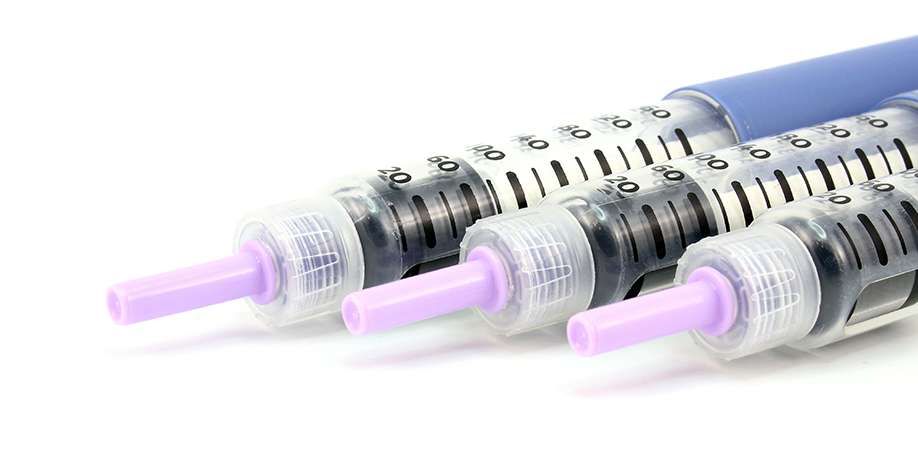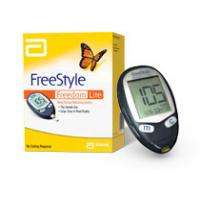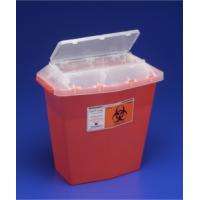
What Happens if You Accidentally Take Too Much Ozempic?What Happens if You Accidentally Take Too Much Ozempic?
  © Abidika | Dreamstime.com If you’ve been diagnosed with Type-2 diabetes, you are not going to be left one on one with the disease. There is a number of medications that your doctor can prescribe to you to help you manage diabetes. On of such drugs is Ozempic. Ozempic (generic name and active ingredient – Semaglutide) is a prescription medication for adults intended to improve blood sugar levels in Type-2 diabetic patients. It is often prescribed after other diabetes medications have not given satisfactory results. Ozempic belongs to the class of antihyperglycemic medications called incretin mimetics. It mimic the functions of the incretin hormones naturally released by the pancreas when you consume food. The incretin hormones stimulate insulin secretion from pancreatic Beta-cells. Insulin is a hormone that is needed to maintain blood sugar levels. The body needs insulin to bring sugar into cells for energy. People with Type-2 diabetes are unable to properly process insulin, which makes the pancreas to produce more insulin. When the pancreas doesn’t produce enough insulin to process sugar, the blood sugar levels rise and this is where the problems begin. Ozempic makes the pancreas release more insulin when blood sugar levels are high, which helps to lower blood sugar levels. In other words, if the pancreas doesn’t produce enough insulin to process your sugar intake, Ozempic will help with this task. Ozempic comes in a liquid form and is to be administered weekly by under the skin injection. It is available only in a pen that allows diabetic patients to self-inject the medication. There are two types of pens available. The volume of both Ozempic pens s 1.5 milliliters and each pen contains 2 milligrams of the medication, but each pen is made to inject different doses. Ozempic is intended to be prescribed in conjunction with a diet and exercise plan and is often added to your ongoing metformin treatment if metformin is unable to provide proper control of blood sugar levels. Doctors usually start prescribing Ozempic from a smaller weekly dose of 0.25 milligrams for the period of four weeks to allow your body to get accustomed to the medication. After that, the weekly dose is usually increased to 0.5 milligrams. If you succeed in controlling your blood sugar levels, you will continue taking your weekly dose of 0.5 milligrams. If your doctor decides that you need additional blood sugar control, a higher weekly dose of 1 milligram can be prescribed. There is more to Ozempic than managing blood sugar levels. It can help obese people lose weight. The drug does it by signaling the brain to eat and drink less, while providing a prolonged feeling of fullness by slowing the speed at which food leaves your stomach. Because Ozempic is capable of decreasing appetite, it is sometimes prescribed off-label for treating excessive weight. Ozempic can also positively affect cholesterol level and blood pressure, even though it is not approved by FDA for any other purposes besides managing blood sugar levels. Another advantage of Ozempic is that it is difficult to take too much of it, thanks to its smart packaging. Nevertheless, if you accidentally take a higher dose of Ozempic than you were prescribed, let your doctor know right away because the drug can stay in your for a prolonged period of time and you need to be monitored for overdose symptoms, such as dangerously low blood sugar levels, headache, jitteriness, weakness, shakiness, nausea, vomiting, and dizziness. If you symptoms are severe, seek immediate medical attention by calling 911 or going to a hospital emergency room.
| |||||||||||||||||||||||||




























